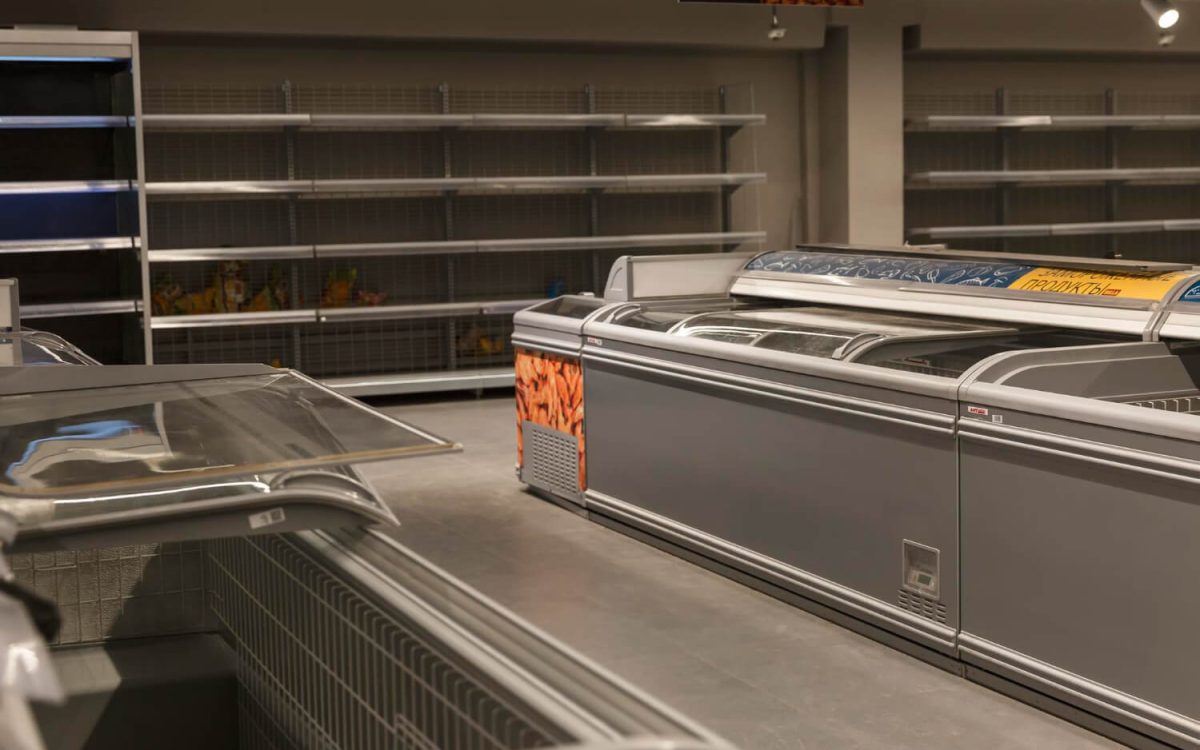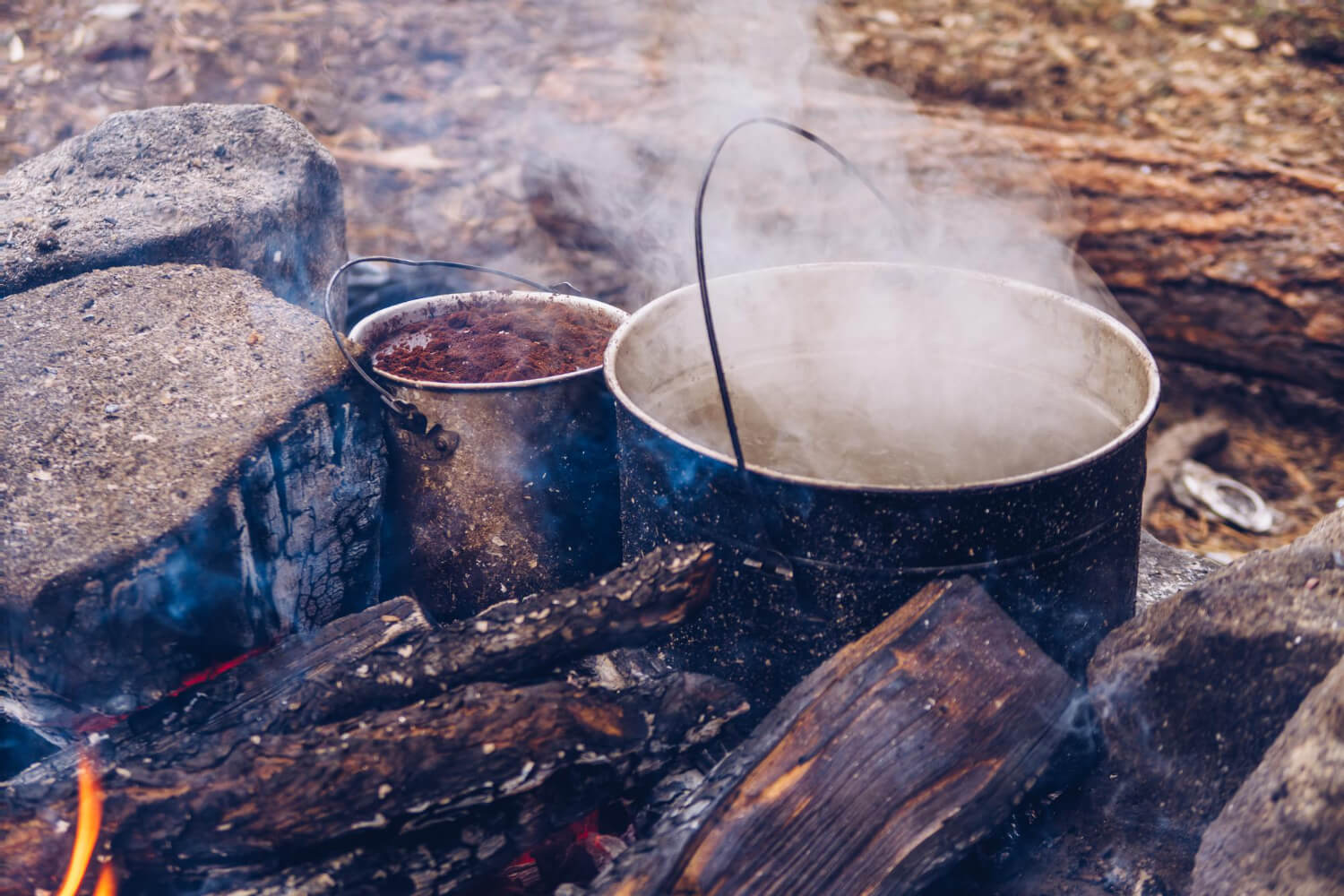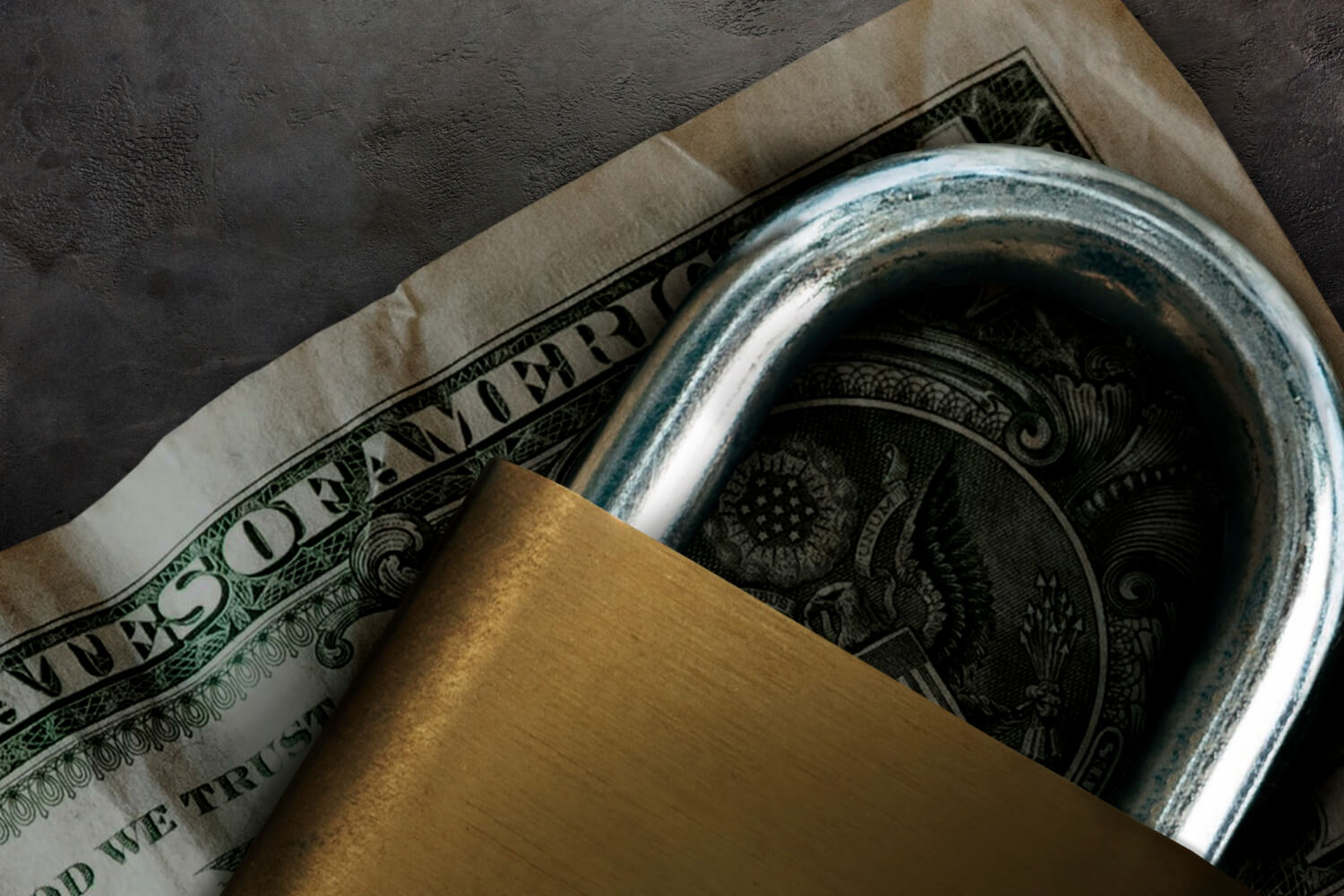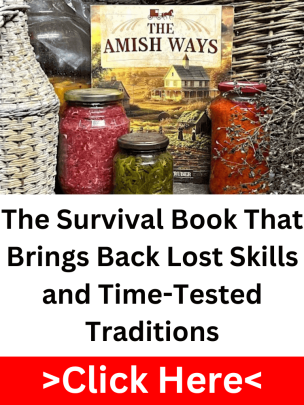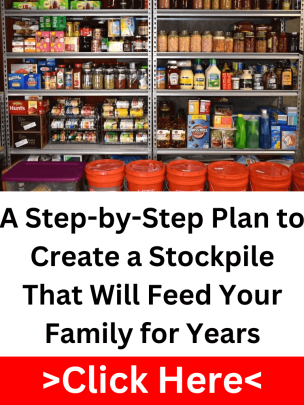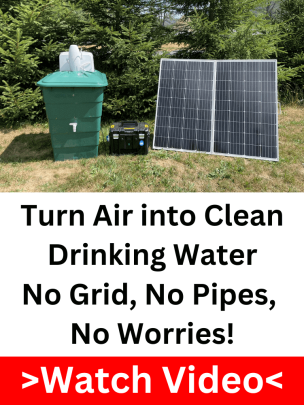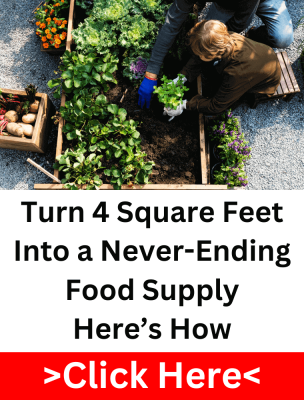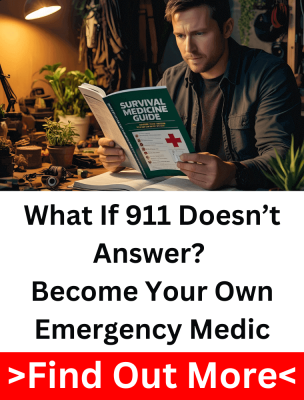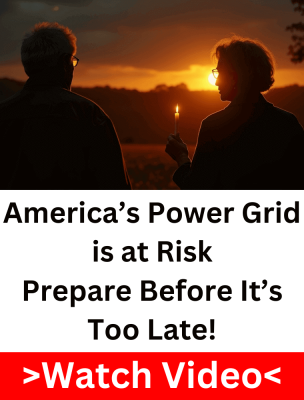It doesn’t take much to send a grocery store into chaos. One big storm in the forecast, a fuel shortage, or even a breaking news alert can turn an average shopping day into a full-blown scramble. You see carts piled high with bottled water, shelves stripped of canned food, and checkout lines wrapped around the aisles. What’s wild is that it all happens in just a few hours, before most people even know there’s a problem.
This isn’t a fluke. It’s how the system is built. The average grocery store doesn’t hold weeks of supplies, it barely holds days. Everything depends on tight schedules, daily deliveries, and the hope that nothing goes wrong. But when there’s even a hint of trouble, the whole thing buckles. What looks like a food supply chain disruption is just the exposure of a system that was never meant to handle pressure in the first place.
Most folks don’t realize how little cushion there is. We’ve gotten used to full shelves and fast restocks, but that illusion of abundance is just that, an illusion. By the time people realize something’s off, the essentials are long gone. And if you’re not already prepared, you’re going to be one of the many left staring at empty shelves, wondering how it all disappeared so fast.
Why Stores Empty So Fast
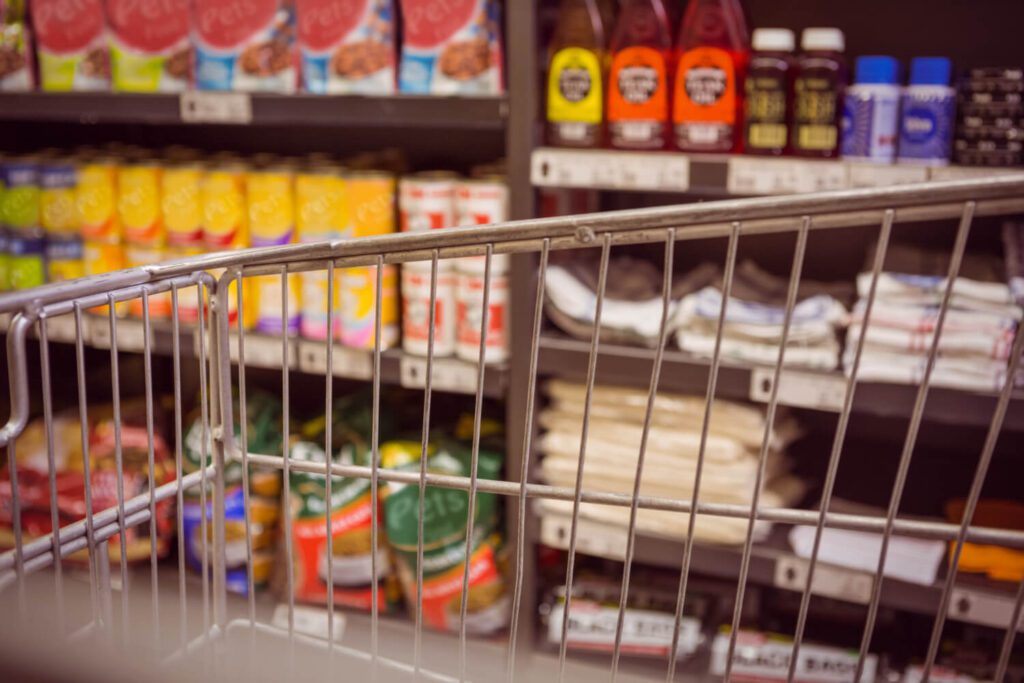
Most grocery stores in America run on what’s called a just-in-time inventory system. That means they don’t keep a big stockpile in the back, they rely on a steady stream of deliveries to keep shelves filled. It saves on space, cuts costs, and works great in a world where everything’s running smooth. But when something breaks that rhythm, even for a day, the cracks start showing fast.
Those shelves that look full when you walk in? They’re a facade. Every day, trucks pull in to restock just enough for that day’s demand. If those trucks stop rolling, because of weather, fuel problems, labor strikes, or anything else, you’re looking at a complete food supply chain disruption. And it doesn’t take long for stores to go from fully stocked to completely picked over. It’s not about panic, it’s about how fast the system collapses without constant movement.
What’s dangerous is how invisible the fragility is. People assume there’s a warehouse full of backup supplies somewhere. But that warehouse doesn’t exist, not for your neighborhood store. The whole model was designed for efficiency, not resilience. And by the time the general public realizes what’s happening, the meat is gone, the water’s gone, and the staples have vanished. What looked like plenty was never enough.
What Disappears First, And What You’ll Wish You Bought
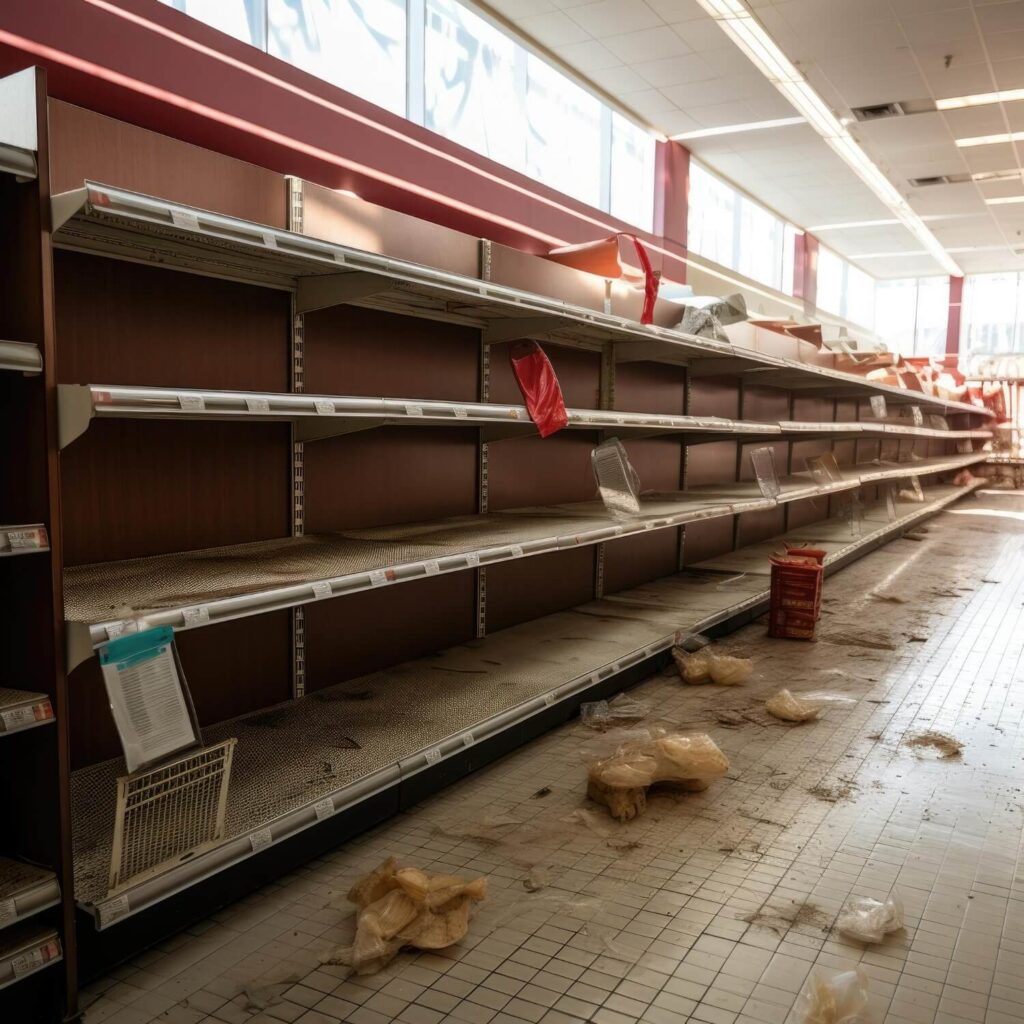
When the first signs of trouble hit, there’s a predictable pattern to what disappears. Bottled water, bread, milk, and over-the-counter meds fly off the shelves within hours. Canned soups, pasta, toilet paper, and baby formula aren’t far behind. These are the items people instinctively grab when fear kicks in, even folks who never considered prepping before. Once that panic sets in, it spreads fast, and shelves start clearing faster than store workers can restock.
Other Article: Bugging Out vs Staying Put: Which One Will Keep You Alive?
But here’s what most folks don’t realize until it’s too late: it’s not just the obvious stuff that vanishes. Salt, cooking oil, vinegar, flour, powdered milk, these get scooped up by anyone who knows they’ll need to cook from scratch. Pet food becomes scarce, along with feminine hygiene products, batteries, and propane canisters. By the time you think, “I should grab a few extras,” they’re already gone. And if you didn’t have them before the rush? You’re out of luck.
The Domino Effect Most People Never See

The first wave of panic buying is just the spark. Once people see shelves going empty, even those who weren’t worried before rush out to grab whatever they can. This knee-jerk reaction triggers real shortages, because when demand suddenly triples overnight, the system can’t catch up. Trucks aren’t delivering more; they’re delivering the same loads, to stores now serving desperate crowds instead of steady customers. That’s when the panic buying effects start compounding the original problem.
It usually starts in the cities, where population density and media coverage hit hardest. But it doesn’t stay there long. Within a day or two, those shortages start creeping into small towns and rural areas. A few big-box chains share the same distribution hubs across entire states. So when one region empties, the others feel it next. The effect is like a ripple, one that moves faster than most people expect.
And once the media catches wind of it, the panic accelerates. Photos of empty shelves, interviews with frantic shoppers, headlines about possible rationing, it all pushes more people to go grab “just a few things” before it’s gone. Suddenly, stores that were doing fine in the morning are wiped out by dinner. And it’s not just food. Fuel, ammo, generators, anything with survival value starts disappearing.
Other Article: Survival Foods Nobody Talks About
Then comes the second wave. It moves slower, but it hits deeper. Even after the initial rush dies down, supply chains are still trying to recover. Items that weren’t part of the original panic, like spices, replacement parts, or medical supplies, start to run low. And restocking them can take weeks, sometimes months. By then, most folks have stopped paying attention, but the damage is already done.
The Forgotten Staples You Can’t Afford to Overlook
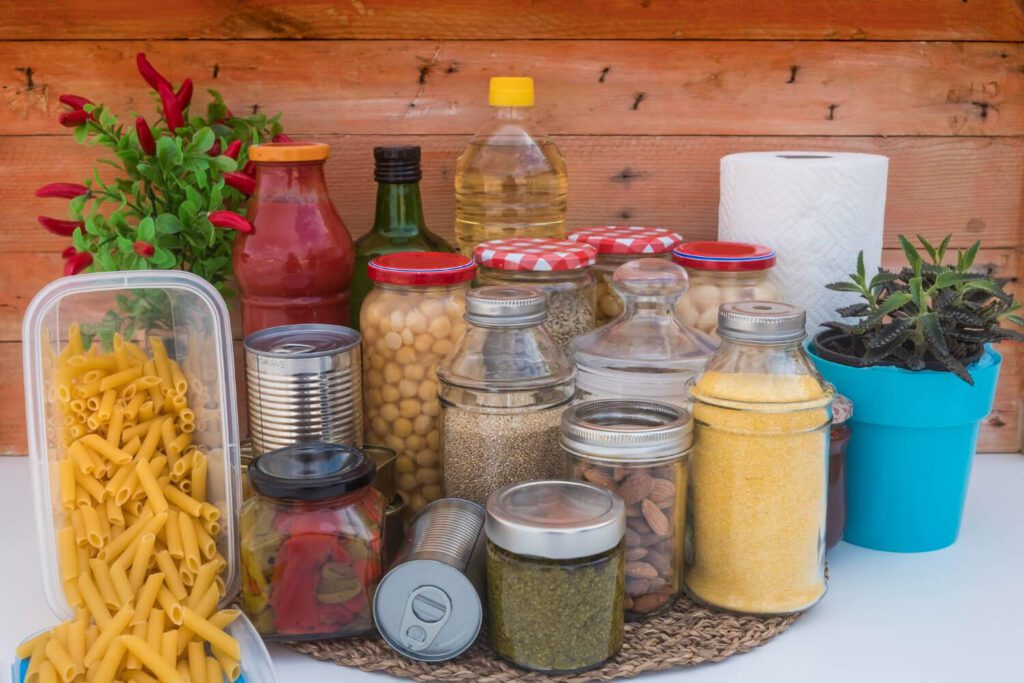
When folks start prepping, they usually think about the obvious stuff, canned goods, bottled water, maybe some toilet paper if they’ve learned from the last scare. But it’s the little things, the ones most people don’t think twice about, that end up causing the biggest headaches. Take salt, it’s not just for flavor. You’ll need it for preserving food, staying hydrated, and keeping meals from tasting like cardboard. Vinegar lasts forever and pulls double duty in the kitchen and the cleaning closet. And cooking oil? That’s easy to overlook until you’re trying to cook anything decent without it. It’s loaded with calories and helps stretch basic ingredients into real meals. And don’t forget about pet food, because once your dog’s bag runs out, you’re not going to want to improvise with table scraps and hope for the best.
The catch is, you don’t notice these things are missing until you need them. That’s the danger. By the time you’re a week into a shortage, it’s too late to go looking. You can improvise a meal with some beans and rice, but try making it taste like something without salt or oil. And once stores run dry, these quiet essentials are some of the last things to get restocked. If you didn’t think about them before, you’re going to wish you had.
Stock Up Before the Rush

The people rushing through grocery store doors when the shelves are already half-empty? They’re already behind. Real prepping isn’t about reacting, it’s about being out of the game before it even starts. That’s why self-sufficiency in food supply is the long game. It means you’re not waiting in lines, fighting over bottled water, or hoping the next shipment arrives. It means you already have what you need, because you thought ahead, and you stocked up when no one was looking.
The smartest preppers aren’t loud about it. They build their stockpile over time, quietly, with purpose. They buy an extra sack of flour when it’s on sale. They rotate their pantry so nothing goes to waste. They don’t just hoard, they prepare. And most importantly, they don’t wait until it’s trending on the news to start thinking about what they’ll eat when the trucks stop rolling.
Other Article: The DIY Rainwater Harvesting System Every Prepper Needs
And while canned food gets all the attention, long-term preppers know to go deeper. Cornmeal stores well and can stretch meals in a crisis. Rendered animal fats like lard are old-school but essential, perfect for cooking, baking, and adding calories. Dry staples like rice, beans, oats, and powdered milk can be packed in bulk and stored for years. These aren’t just emergency rations, they’re what keep you going when there’s no grocery store to count on.
By the time you notice the shelves looking thin, it’s already too late. That moment of realization, when entire sections are picked clean and your neighbors are panicking in the aisles, that’s not the beginning of the crisis. It’s the middle of a food supply chain disruption, and the clock is already ticking. Most folks don’t see it coming until they’re holding an empty cart and wondering what went wrong.
But the ones who prepared early? They’re not in that crowd. They’re not scrambling for rice or hoping the

